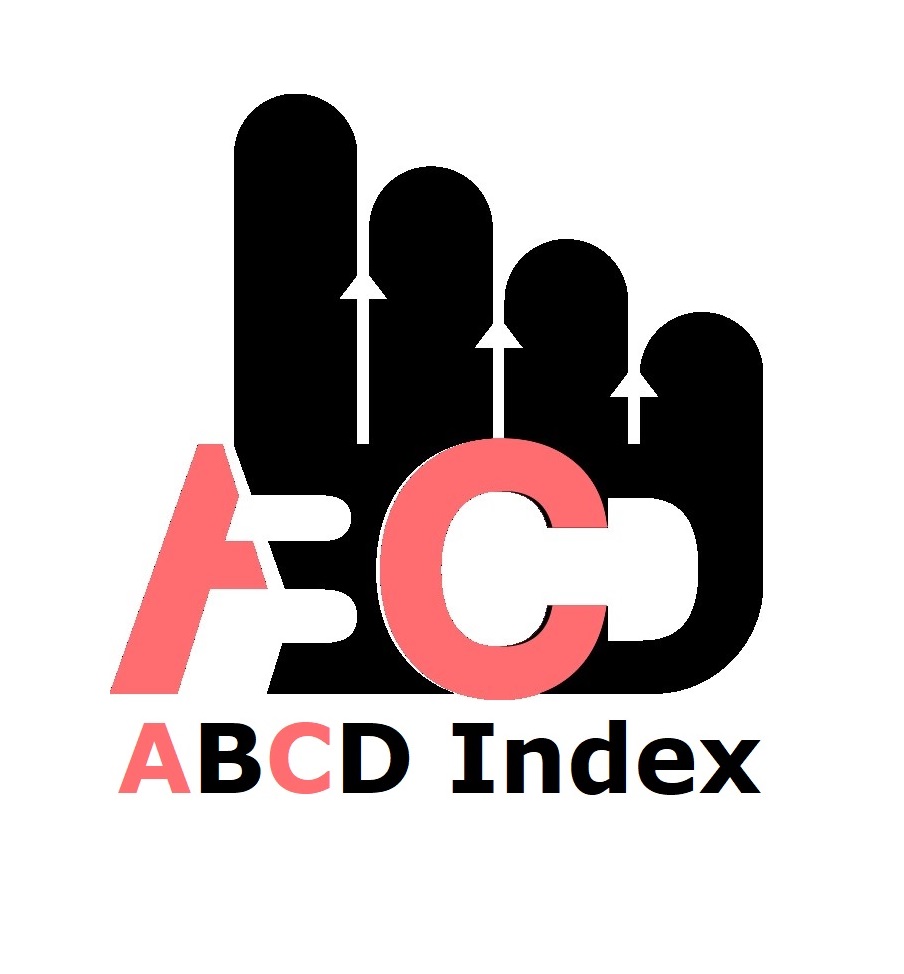Neurocognitive Approach to Successful Learning and Speaking of English Language among Day Secondary Schools in Nyagatare District, Rwanda
Keywords:
Attitude, Brain Activating, Cognition, Emotions, Language Learning, Motivation, Neurocognitive, Neuroplasticity, Neurons, SpeakingAbstract
Learning a foreign language, particularly English, poses challenges for Rwandan teenagers already introduced to other science subjects like mathematics, physics, and other different courses of action that have occupied their attention, or, on the other hand, disturbs their mind and hinders their learning spirit. This study aimed to investigate how the neurocognitive underpinnings of brain activation methods and integration multisensory work to activate those teenagers’ brain attention to English language learning and develop speaking skills and enable learners to overcome the neurocognitive challenges like lack of motivation, emotions, stress, and anxiety that hinder English language learning and speaking. This study was built around the multisensory theory and brain-based learning theory. Using a semi-longitudinal approach, data was collected from 40 senior two students to explore difficulties in learning English from one school in Nyagatare district. These were selected purposefully from the population of 340 students. A six-week classroom experiment from April 15 to May 23, 2024, gathered both quantitative and qualitative data on how brain activation methods enable English learning speaking. Single-group experiments and observations were used to collect data. In the experiment, the procedure of pretest-treatment-posttest was implemented. SPSS software was used to analyze the data, with results showing improved post-test scores after targeted interventions. In the pre-test, the mean score ranges between 1 and 2.5 with a standard deviation that swings between 0.405 and 0.802 for all questions, while the mean score in the post-test aligns between 3.5 and 5 with a standard deviation that wheels between 0.267 and 0.813, which significantly indicates high scores after the treatment. Therefore, the study highlights the significant impact of brain activation methods accompanied by multisensory integration as the neurocognitive approach to English language learning and speaking. The research suggests that education stakeholders and policymakers should consider this approach for successful English language learning to avoid overloading teenagers’ brains with heavy programs.
Published
How to Cite
Issue
Section
Copyright (c) 2024 Evode Nshimiyimana, Patrick Ujwiga Anguru, Jean Paul Ngoboka

This work is licensed under a Creative Commons Attribution-NonCommercial 4.0 International License.
Most read articles by the same author(s)
- Moses Mitari, Patrick Ujwiga Anguru, Jacqueline Uwamariya, Classification of Grammatical Errors Found in English Verb Forms from Students’ Academic Writing Tasks at Gishari Integrated Polytechnic Regional College (IPRC), Rwanda , African Journal of Empirical Research: Vol. 5 No. 1 (2024): Jan-Mar 2024
- Gabriel Bazimaziki, Vedaste Nsengiyumva, Jean Leonard Ndayishimiye, Felix Micomyiza, Evode Nshimiyimana, Emilien Bisamaza, Maurice Mpumuje, Kinyarwanda Language Change: A Prescriptivism Perspective of Selected Settings , African Journal of Empirical Research: Vol. 5 No. 3 (2024): Jul-Sep 2024
- Emmanuel Majyambere, Jean Paul Ngoboka, Jean de Dieu Amini Ngabonziza, Causes of Academic Challenges in English Writing Skills at the 12-Year Basic Education Level in Karongi District, Rwanda , African Journal of Empirical Research: Vol. 5 No. 3 (2024): Jul-Sep 2024
- Bonaventure Nkurunziza, Dr. Jean Paul Ngoboka, PhD, Dr. Hilaire Habyarimana (PhD), A Pragmatic Analysis of Conversational Implicatures in English Drama and their Role in Teaching Critical Literacy , African Journal of Empirical Research: Vol. 5 No. 3 (2024): Jul-Sep 2024
- Evode Nshimiyimana, Dr. Anthony Kamanzi, Ester Mutoni, Gabriel Bazimaziki, Teaching Poetry: What is Taught and What Should be Taught? Case Study of Secondary Schools Offering Literature in English at the Advanced Level in Rwanda , African Journal of Empirical Research: Vol. 5 No. 3 (2024): Jul-Sep 2024
- Emmanuel Harerimana, Anthony Kamanzi, Cyprien Tabaro, Evode Nshimiyimana, The Contribution of English Reading Materials to Improving Students' English Performance in Lower Secondary Schools in the Shyira Sector of Nyabihu District, Rwanda , African Journal of Empirical Research: Vol. 5 No. 2 (2024): Apr-Jun 2024
- Vedaste Ntagwabira, Jean De Dieu Amini Ngabonziza, Patrick Ujwiga Anguru, Factors Influencing Electronic Textbooks’ Reading Skills among Students in Secondary Schools of Muhanga District, Rwanda , African Journal of Empirical Research: Vol. 5 No. 4 (2024): Oct-Dec 2024
- Evariste Manirakiza, Jean Paul Ngoboka, Jean Paul Roger Rurangangabo, Vedaste Ndizera, Jean Bosco Kinanira Harerimana, Eric Rwasamanzi, Promoting Shared Responsibilities in Developing Children’s Early Literacy and Reading Culture in Rwanda , African Journal of Empirical Research: Vol. 5 No. 3 (2024): Jul-Sep 2024
- Gabriel Bazimaziki, Evode Nshimiyimana, Maurice Mpumuje, Benoite Abewe, Towards Humanistic Learning Literature in English: Students’ Perspectives on Challenges and Opportunities in Mixed Classes at the University of Rwanda , African Journal of Empirical Research: Vol. 5 No. 3 (2024): Jul-Sep 2024
- Jonas Ndayisaba, Patrick Ujwiga Anguru, Jean Paul Ngoboka, Evaluating the Impact of Senior Five Learners’ English Vocabulary Knowledge on their English-Speaking Skills in Three Selected Schools in Gakenke District, Rwanda , African Journal of Empirical Research: Vol. 5 No. 4 (2024): Oct-Dec 2024























